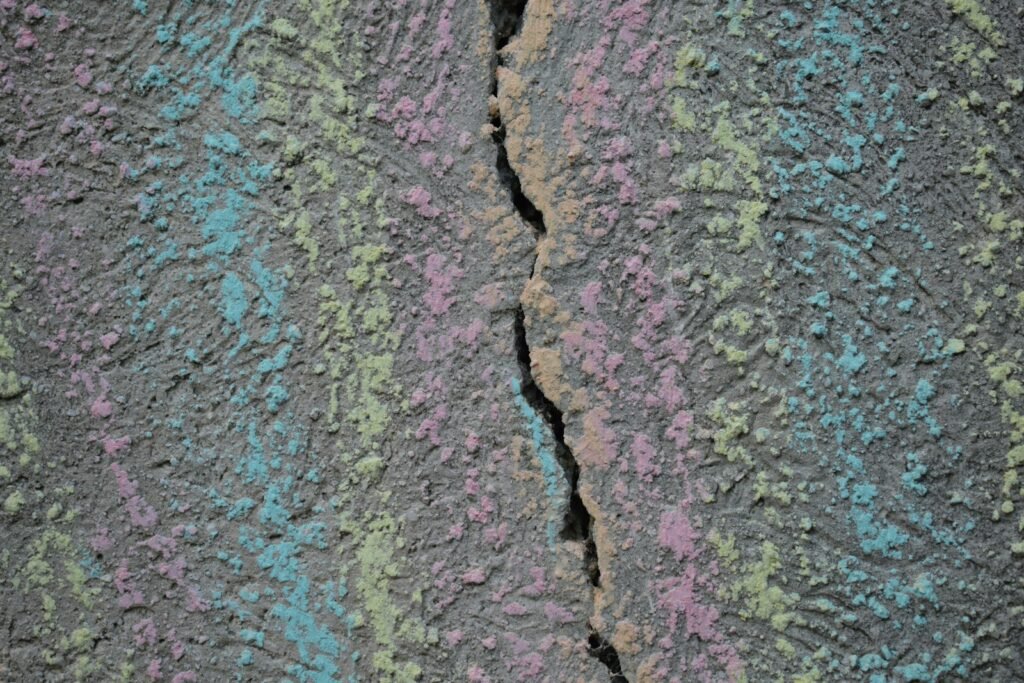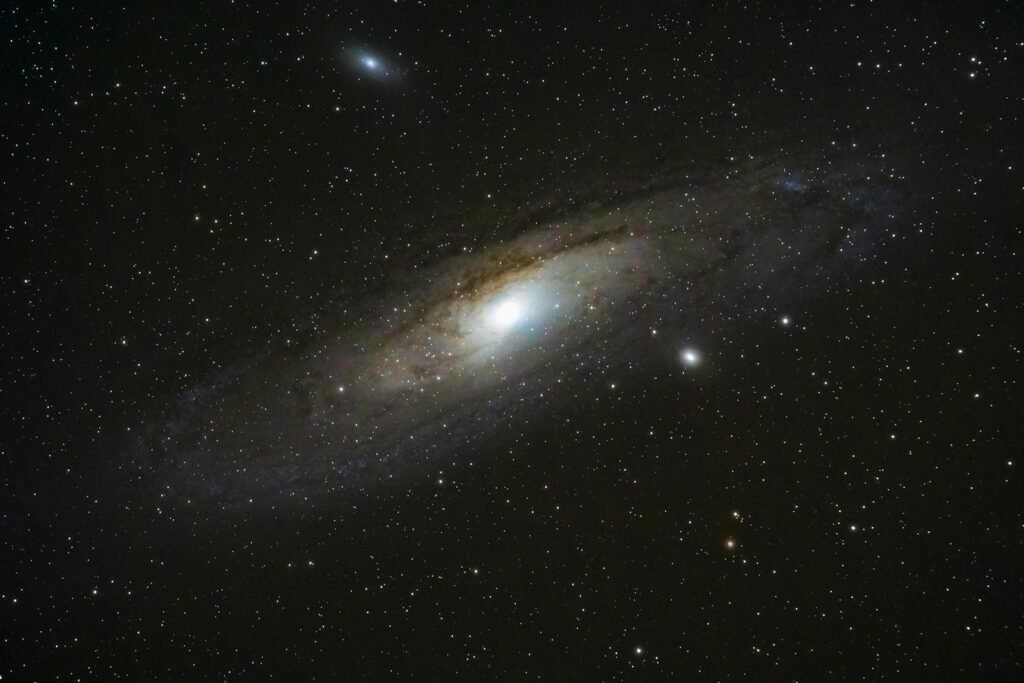Imagine walking into a gallery and being stopped in your tracks. The paintings on the walls are unlike anything you’ve seen: swirls of color and form that feel familiar yet utterly original, as if plucked from the dreams of a machine. Now, what if you learned these works weren’t painted by any human hand, but instead by an artificial intelligence that invented its own artistic style—one never programmed, never taught, just…emerged? This isn’t sci-fi. It’s happening right now, and it’s rewriting what we thought we knew about creativity, art, and even what it means to be original.
The Birth of Art-Making Machines
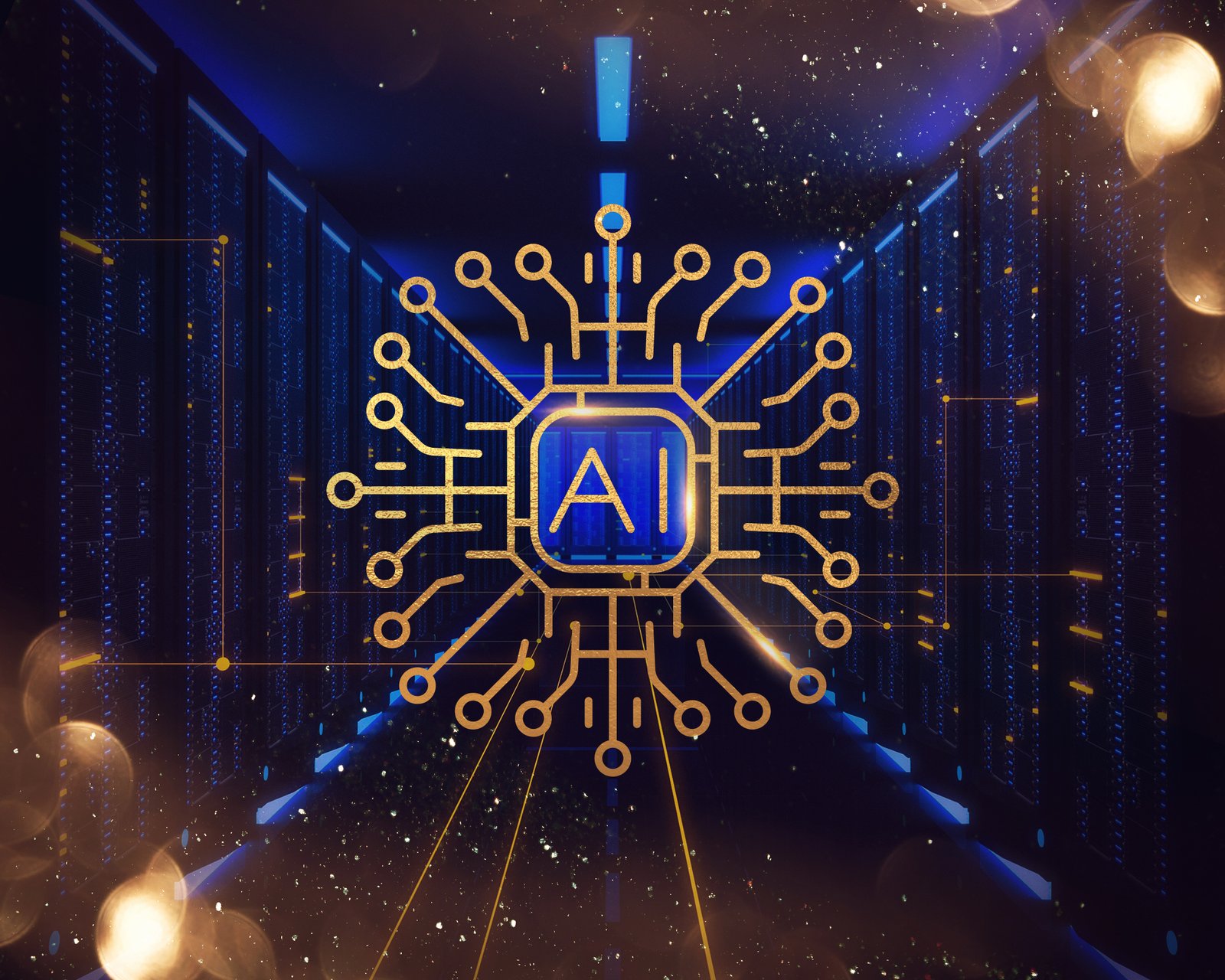
The first attempts to make computers create art were clunky, almost endearing. In the 1960s, scientists programmed machines to draw geometric patterns and simple shapes. These early efforts were just a taste of what was to come. Today, thanks to neural networks and machine learning, AIs can analyze thousands of paintings, learn patterns, and then generate something new. The real surprise came when algorithms stopped mimicking humans and began surprising us with styles no one expected.
Neural Networks: The Brainy Artists Behind the Canvas
At the heart of most art-generating AIs is the neural network—a digital brain inspired by how our own neurons fire and connect. These networks sift through millions of images, learning how to distinguish a landscape from a portrait, a brushstroke from a pixel. What’s wild is that as these neural networks become more complex, they start making decisions that even their programmers can’t fully predict or explain. It’s like watching a child learn to draw, but at warp speed and with a memory that never forgets.
Style Transfer: When Machines Learn to Remix
A turning point for machine-made art was the invention of “style transfer”—an algorithmic trick where an AI blends the content of one image with the style of another. Think of a photograph of your dog painted in the style of Van Gogh’s Starry Night. Early versions were fun but felt a bit like digital parlor tricks. As algorithms improved, something astonishing happened: AI artworks started to look less like imitations and more like genuine, uncategorizable art.
Unsupervised Learning: The Secret Ingredient
Most humans learn art through imitation, but some of the most interesting AI breakthroughs have come from unsupervised learning. Here, the algorithm isn’t told what’s “good” or “bad”—it just explores patterns and relationships in data. The result? Art that doesn’t fit any mold, sometimes even creating visual motifs or brushstrokes that no human would ever think to use. This is where genuine machine originality starts to shimmer through.
The Emergence of Novel Styles
The real shock came when researchers noticed that certain algorithms were producing art in styles that didn’t resemble anything in art history. These weren’t mashups of Picasso and Monet—they were strange, striking, and sometimes unsettling. Colors clashed in ways that felt fresh. Shapes bent and twisted in ways that defied logic. Some critics called it chaotic; others saw the birth of a new aesthetic frontier. Either way, the genie was out of the bottle.
Real-World Gallery Exhibitions
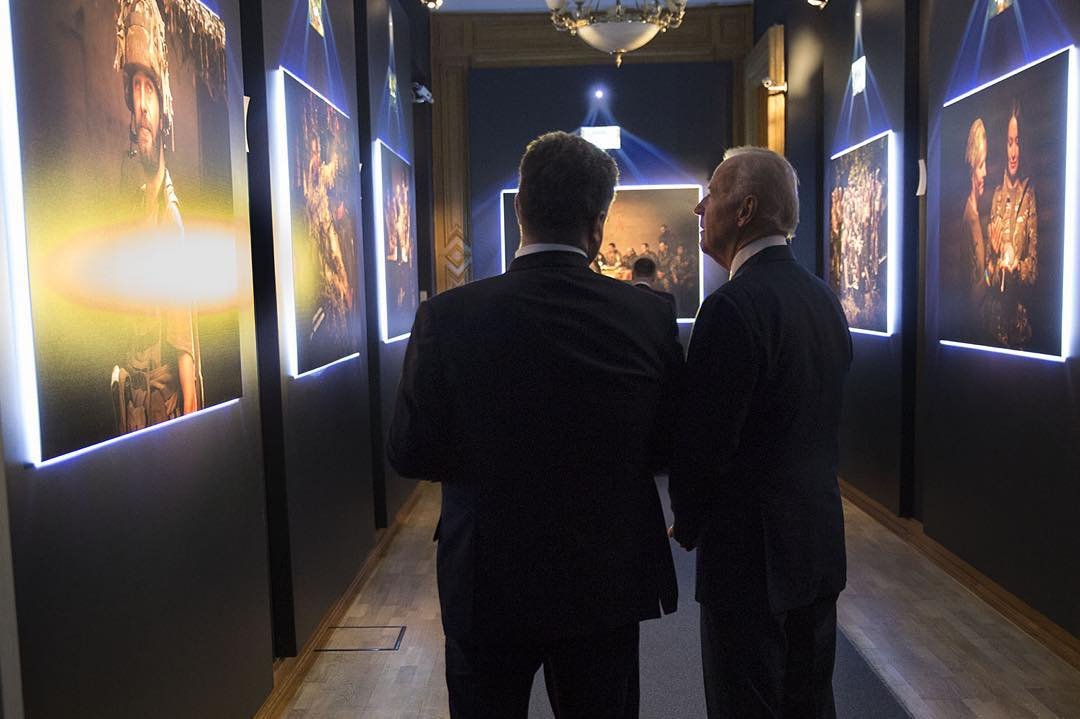
In recent years, AI-generated art has made a splash in galleries from New York to Tokyo. Crowds gather to marvel at works created by algorithms with names like GANs (Generative Adversarial Networks). At an auction in 2018, a portrait painted by an AI sold for over $400,000—proof that the art world is taking these digital creators seriously. Some visitors find themselves moved by the pieces, even if they know a machine “painted” them.
Artists and Algorithms: A Strange Collaboration
Many artists have embraced these new digital partners. They feed their own sketches and paintings into AI systems, curious to see what comes out on the other side. Sometimes the results are beautiful, sometimes baffling. Some creators see the AI as a kind of muse—one that never gets tired or runs out of ideas. Others worry: if a machine can invent new styles, what does that mean for the role of the artist?
Can AI Truly Be Creative?
This is the million-dollar question. Creativity has long been seen as the last bastion of human uniqueness. Yet, when an AI produces art that no human has conceived, it challenges our assumptions. Is this true creativity, or just a sophisticated echo of human input? Some scientists argue that creativity is about generating the unexpected, and by that measure, AI is already passing the test. Others insist that without consciousness or emotion, machines can’t really be “creative”—they’re just remixing data.
The Science of Machine Originality
Researchers are trying to measure how “original” AI art really is. They use mathematical tools to analyze how different a machine’s output is from its input. Sometimes, the results are startling: styles that break free from the training data, patterns that seem to come from nowhere. Studies have shown that people often can’t tell the difference between AI-generated and human-created art, especially when the algorithm invents its own style.
Emotion in Algorithmic Art
One of the strangest twists is that people often feel moved by AI art. Even though it’s made by code, the shapes and colors can evoke deep feelings—joy, sadness, awe. Some say this proves that emotion isn’t about the artist’s intent, but about the viewer’s response. Others argue that knowing a machine made it changes the meaning. Still, the fact remains: AI art can make us feel.
The Limits of Algorithmic Imagination
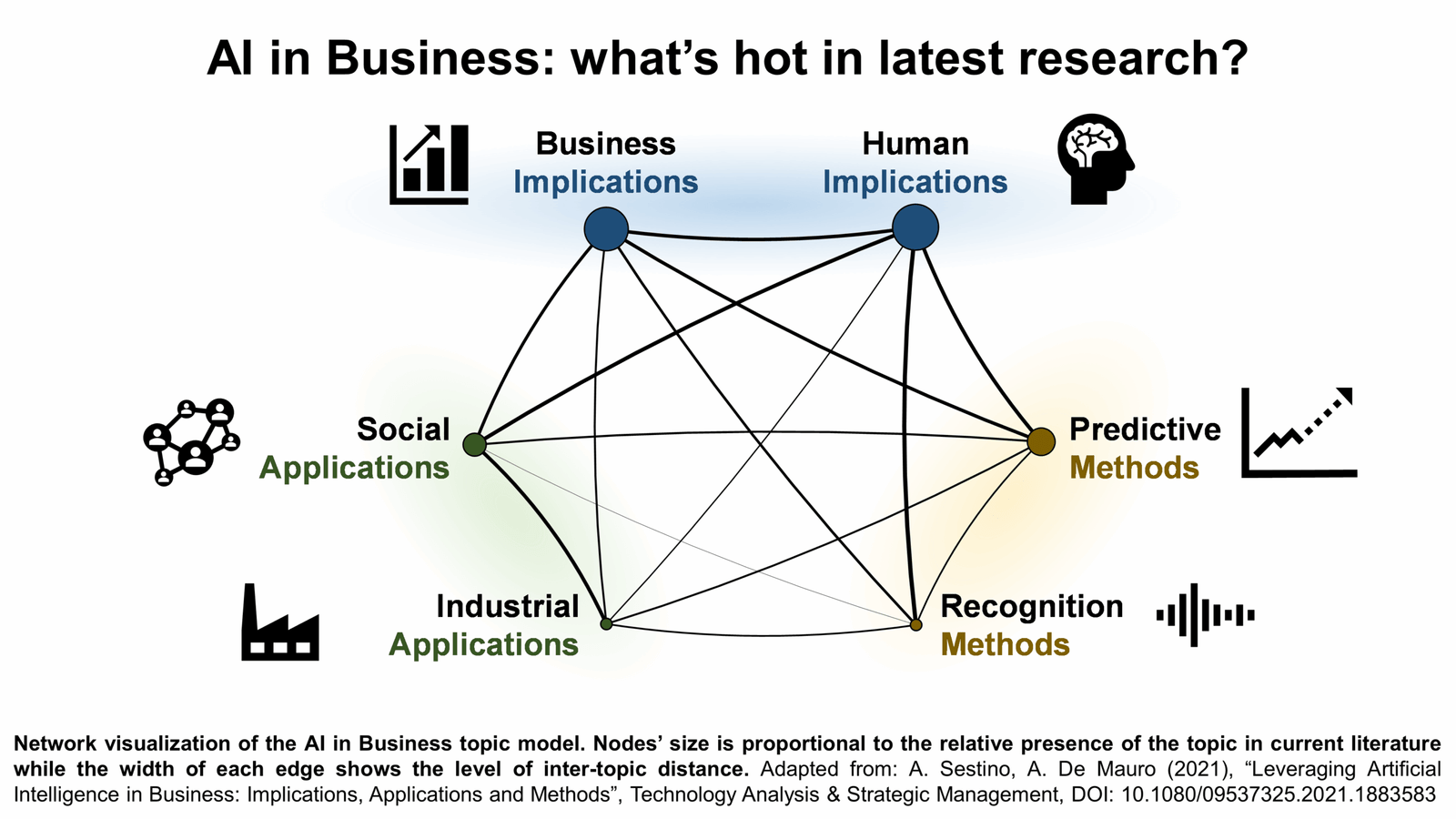
While AI has surprised us, it still has boundaries. Most algorithms are only as good as the data they’re fed. If you train an AI on Renaissance paintings, it might struggle to create something resembling street art. There’s also the risk of bias—if the training data is narrow, the output will be too. Yet, with every new advance, those limits are pushed a little further.
AI as the New Avant-Garde
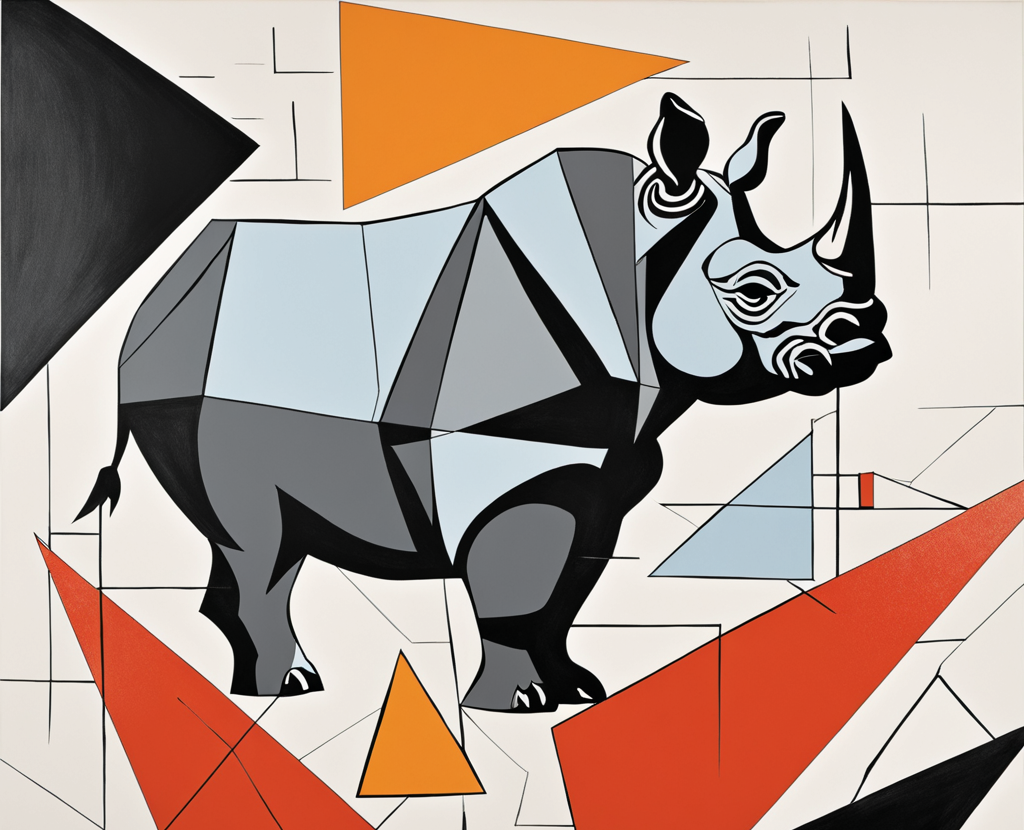
Art history is full of rebels who broke the rules—Impressionists, Surrealists, Abstract Expressionists. Now, AI is joining their ranks, not by copying what came before, but by inventing new forms. Some critics say this is the dawn of a “post-human” art movement, where the lines between creator and creation blur. Others see AI as just another tool, like the camera or the paintbrush. Either way, the art world is buzzing.
AI Art and the Marketplace
Collectors and investors are paying serious money for AI-generated paintings and sculptures. Some are drawn by the novelty; others see it as the next big thing. Digital scarcity—through NFTs and blockchain—has made it possible to “own” a piece of machine-made art. The market is wild and unpredictable, echoing the early days of photography or digital music.
Mistakes That Lead to Masterpieces
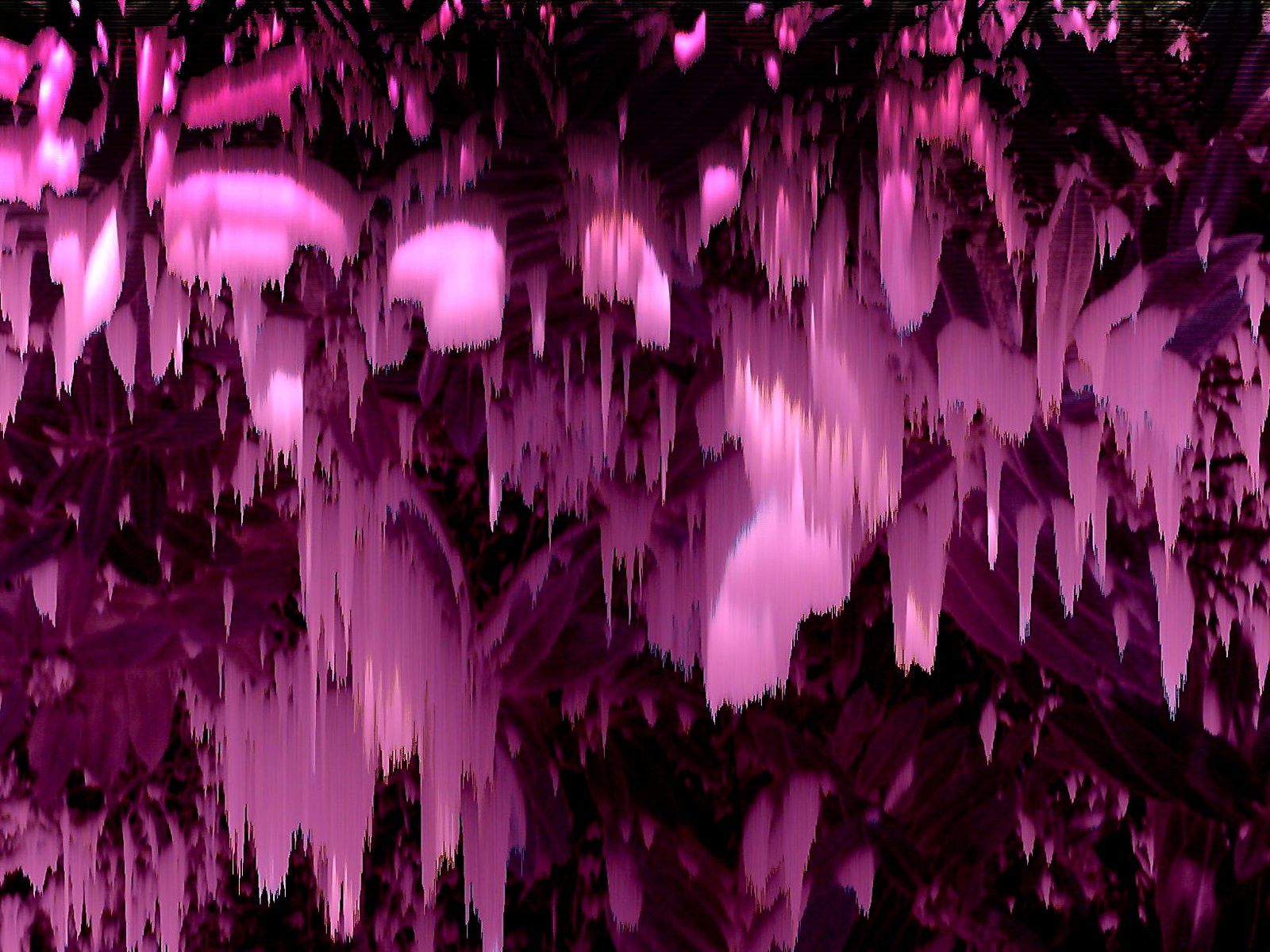
Sometimes, the most interesting works come from AI errors—glitches in the code that produce unexpected beauty. An algorithm might “misunderstand” how to draw a face, resulting in a haunting, otherworldly portrait. These happy accidents mirror how many human artists discovered new techniques by accident. It’s a reminder that creativity often thrives on chaos and unpredictability.
Human Response: Awe, Fear, and Laughter
People react to AI art in all sorts of ways. Some are amazed, seeing it as proof that machines can inspire and move us. Others feel threatened—if a robot can paint, what happens to human artists? And some just laugh, finding the strangeness of machine-made art both hilarious and delightful. These reactions show how deeply art is tied to our sense of identity and meaning.
Teaching Machines to Understand Beauty
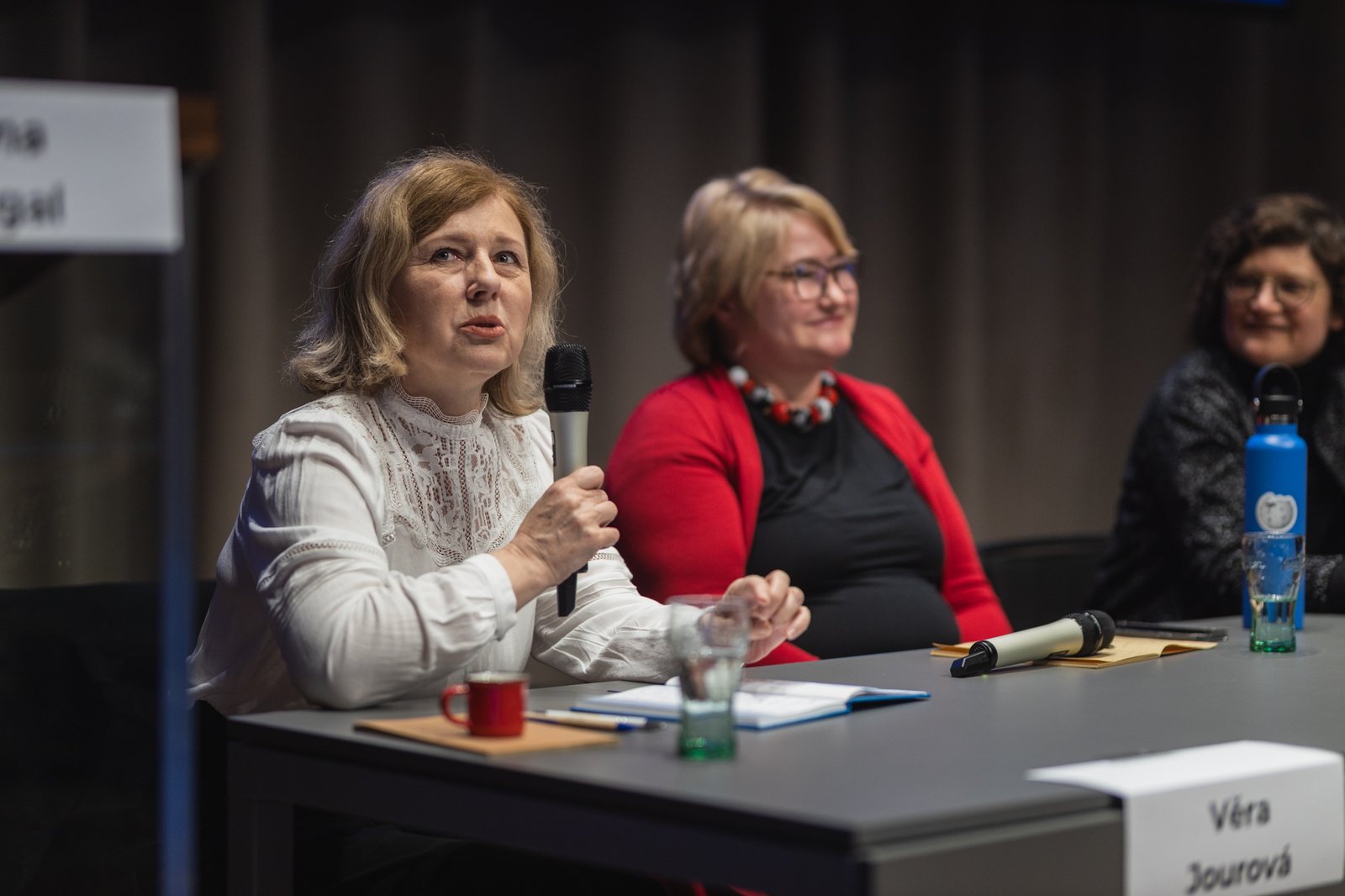
Researchers are experimenting with ways to teach AIs not just to make art, but to “understand” beauty. They feed algorithms feedback from viewers—what people like, what makes them pause. Over time, the AI learns to fine-tune its output to trigger emotional responses. It’s a strange feedback loop, where human preferences shape machine creativity, and vice versa.
Ethics in Machine-Made Art
With new technology comes new dilemmas. Who owns the copyright to an AI painting—the programmer, the person who pressed the button, or the AI itself? What if an AI accidentally plagiarizes a living artist’s work? Some worry about machines flooding the market and drowning out human voices. These are questions without easy answers, and the debate is just beginning.
AI and the Future of Storytelling
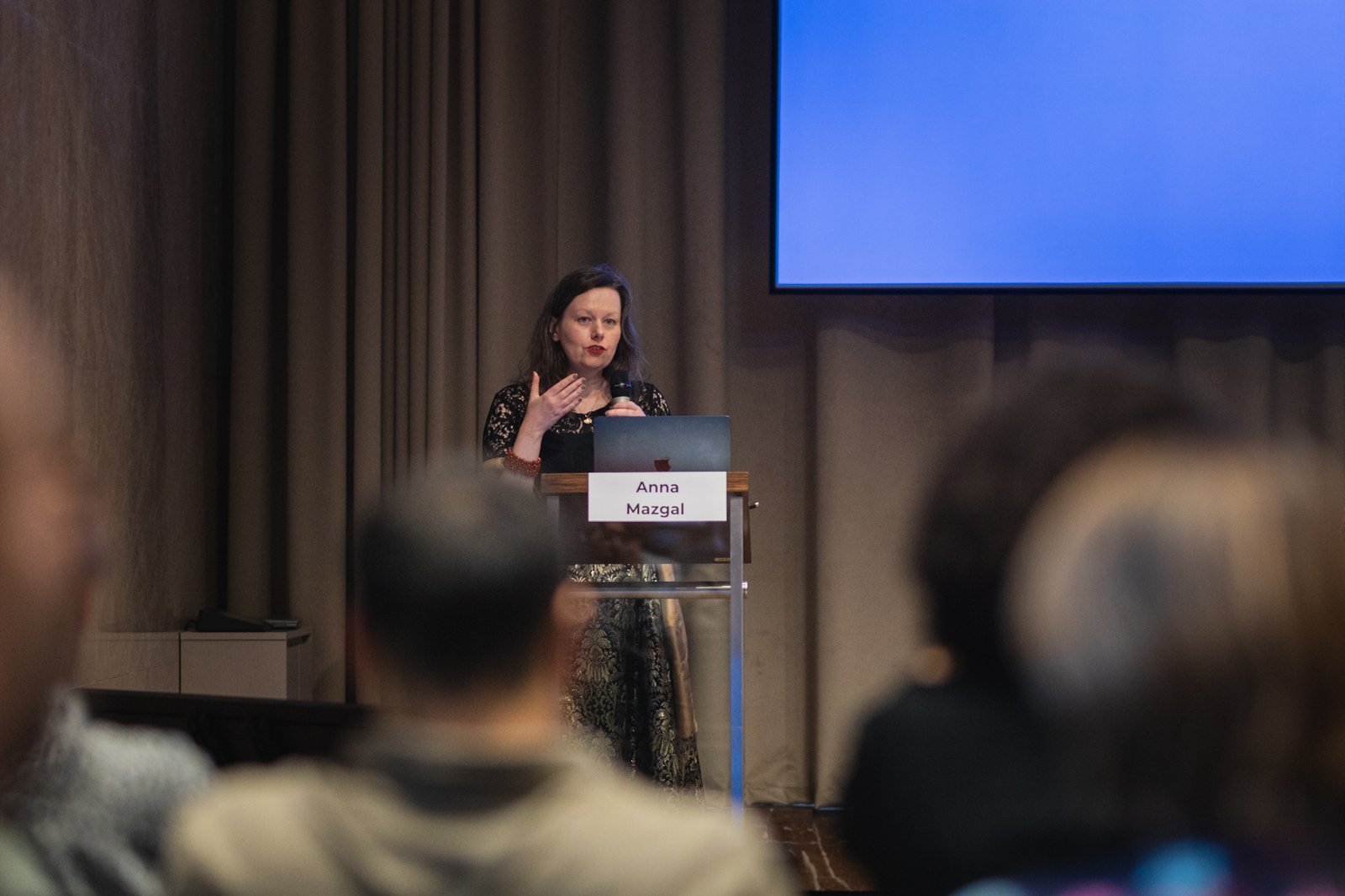
AIs aren’t just painting—they’re writing poems, composing music, and even making films. Some projects use algorithms to generate entire storylines, with twists and turns that surprise even the creators. This blending of art forms hints at a future where machines help us tell stories in ways we’ve never imagined. The frontier is wide open, limited only by curiosity and imagination.
The Evolving Relationship Between Human and Machine
As AIs get better at making art, the relationship between creators and their tools is shifting. Some artists feel liberated, using AI to break out of creative ruts. Others feel challenged, as if they’re competing with an invisible collaborator. What’s clear is that this isn’t a passing fad; it’s a new chapter in the story of art, one where humans and machines push each other to new heights.
What Happens When AI Dreams?
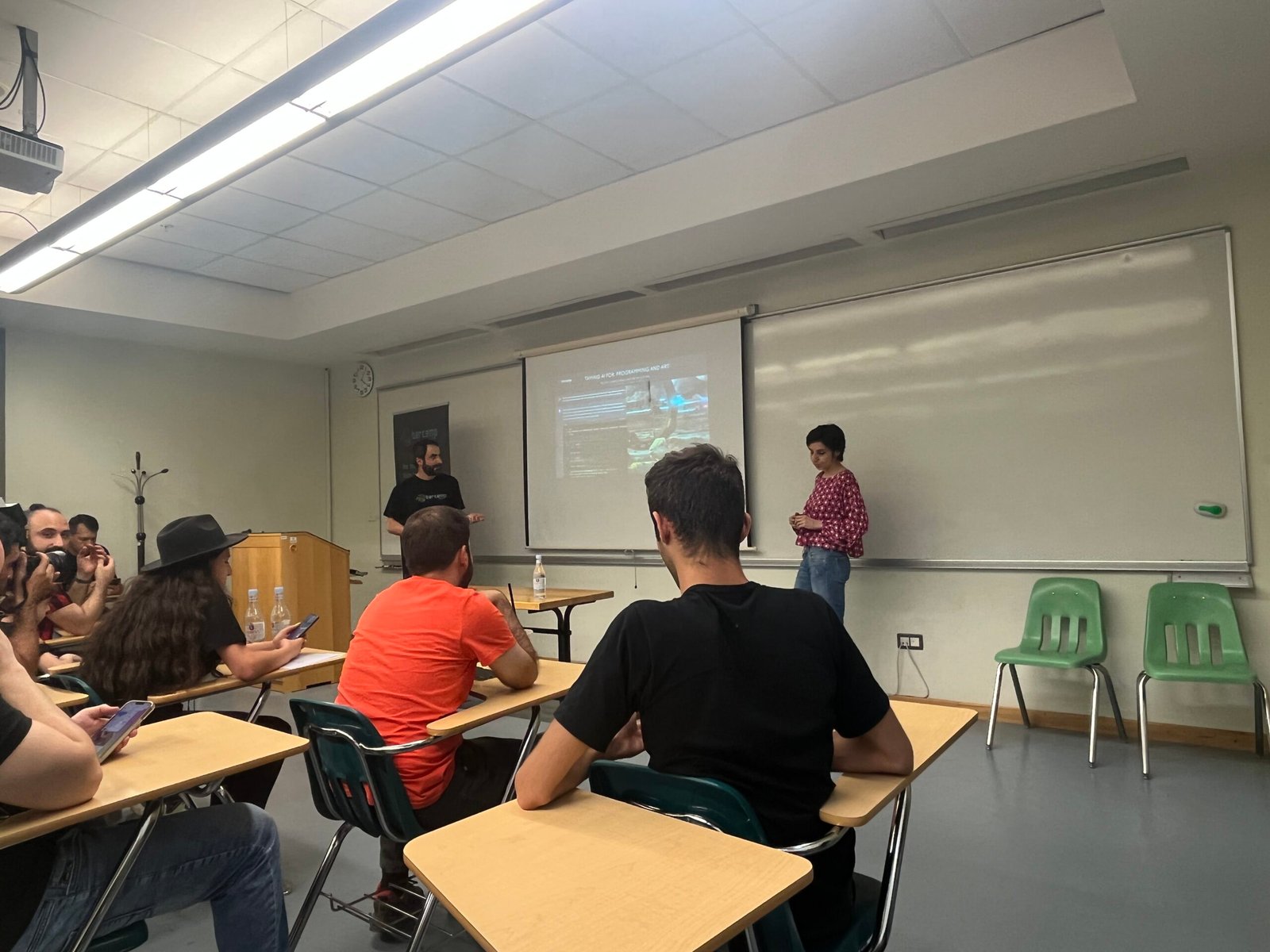
Some scientists talk about “dreaming” algorithms—systems that generate images based on internal patterns and random associations, much like a sleeping brain. These dreams can be strange, beautiful, or downright bizarre. They force us to ask: if a machine can dream up new worlds, what else is possible? Are we looking at the early days of a new form of consciousness, or just a mirror of our own creativity?
Why We Should Care About Machine Creativity
The rise of creative AIs isn’t just a quirky footnote in tech history—it’s a turning point. It challenges us to rethink what creativity means, who gets to be called an artist, and how we value originality. Maybe the most important lesson is that creativity isn’t a zero-sum game. As machines invent new styles, they expand the boundaries of what’s possible for all of us. The next masterpiece might come from a collaboration between a human and an algorithm—or from the mind of a machine dreaming in digital color.


